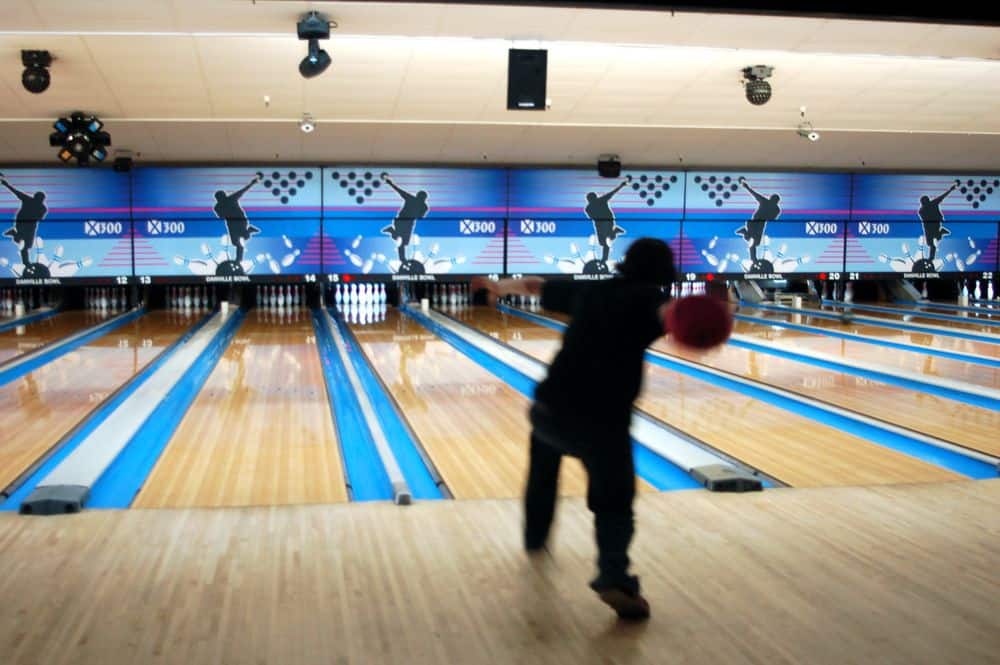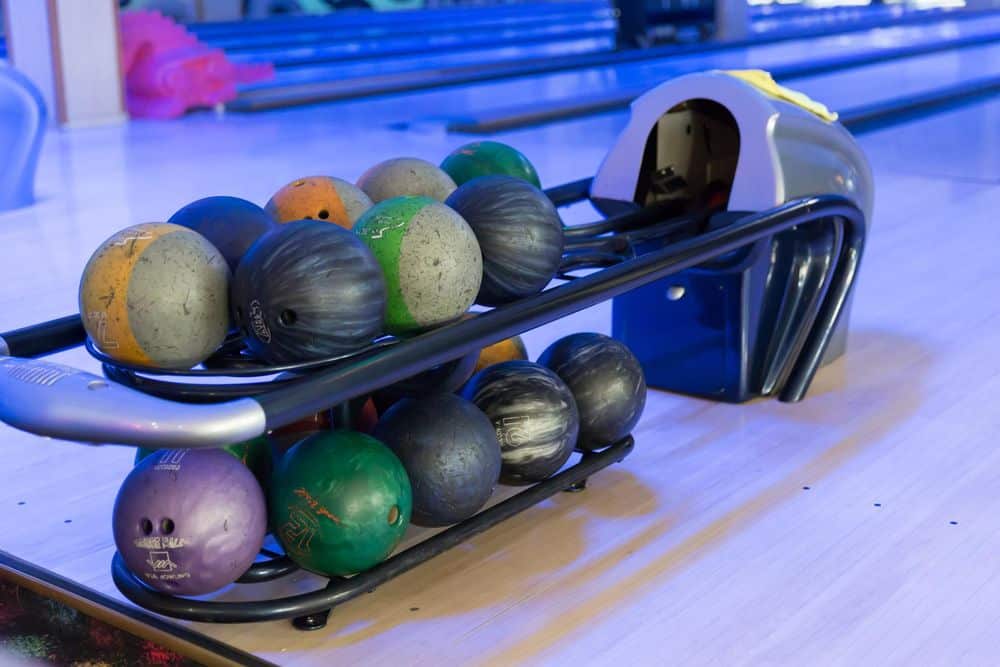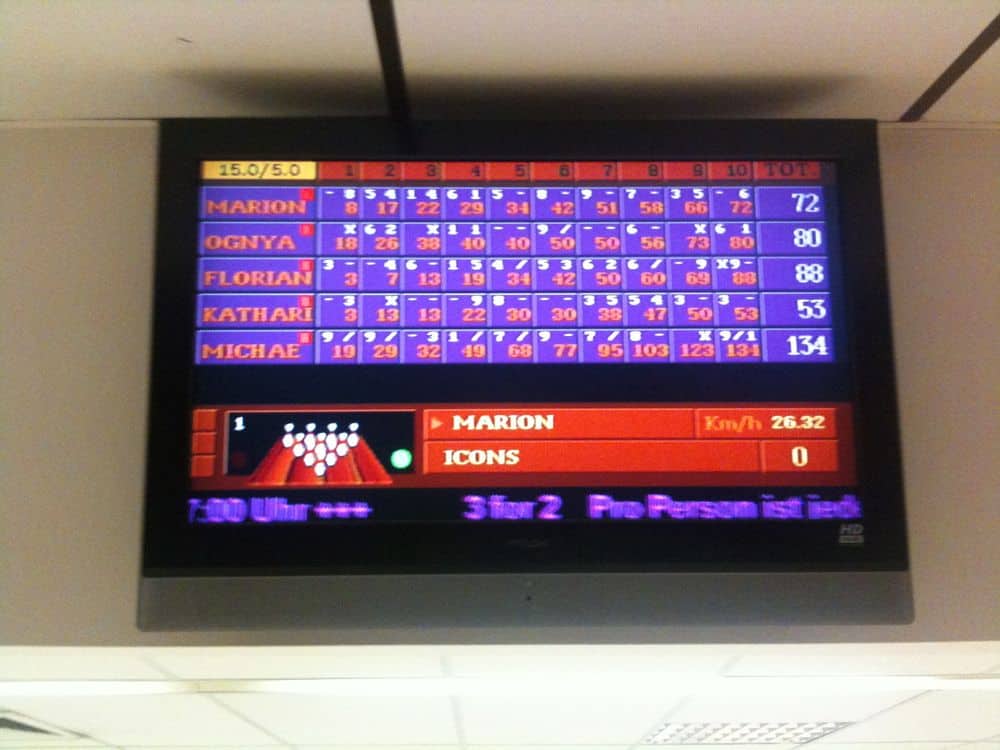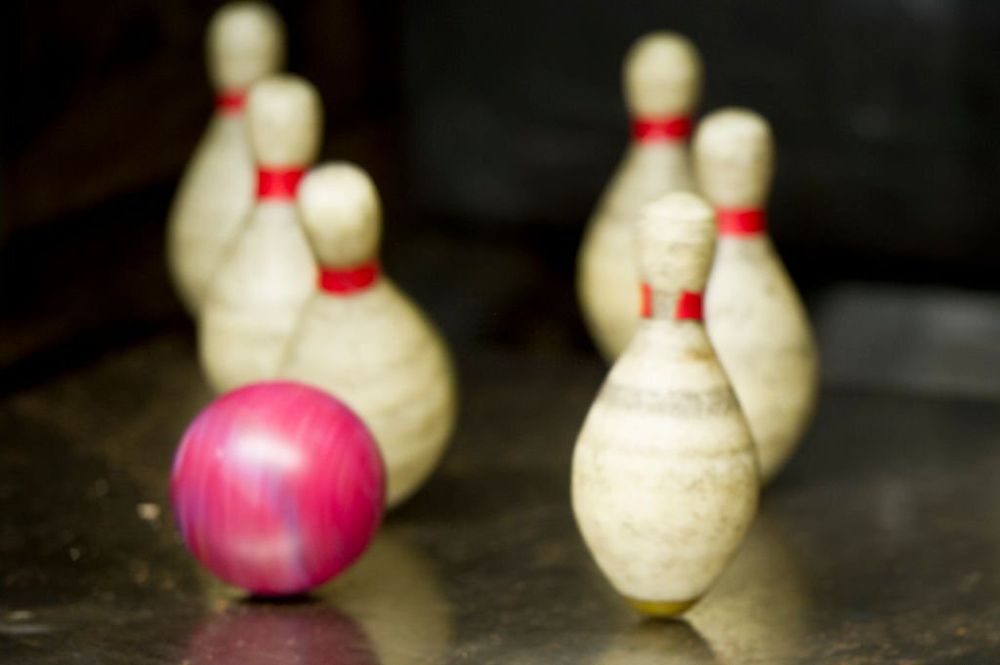Bowling tournaments and leagues for casual bowlers typically employ a handicapping system.
If you know how to calculate bowling handicap, you’ll be able to plan and compete fairly with bowlers of varying skill levels.
Here, we’ll go over the mechanics of calculating a handicap score and whether it would impact your play in a tournament.
How do bowling handicaps work?
Any competitive match, whether an amateur tournament, a professional league, or a friendly match, can use the handicap rule.
The process may seem mysterious to you at first.
The handicap score levels the playing field for novices and amateurs.
To calculate this score, we take their average tournament score, deduct the basis score used in the tournament, and multiply by the handicap percentage.
You can multiply a bowler’s average by their handicap to determine their final score.
They will have a higher total and a better opportunity to win because of this.
However, picking a team with higher handicap scores does not guarantee victory.
That’s not how the system operates.
Teams with higher handicaps do not have an unfair advantage.
The key is picking the bowlers with the highest averages, as they will improve your team’s chances of winning.
This regulation aims to make bowling a more enjoyable and competitive experience for all players by instituting a system of handicap scores.
How do handicaps work in bowling leagues?
Until you bowl enough games to establish your average, leagues will either give you a temporary average or apply your initial average retroactively.
You can find out the percentage and basis score used by your league or tournament officials.
The basis score is an extremely high score that exceeds the average of any single bowler.
Usually, a base score will fall somewhere in the 200-210-220 range.
Your handicap is determined by the percentage factor, typically 80, 90, or 100 percent but may be different in special competitions.
Your scores from official league games should be added and divided by the total number of games you bowled to get your average score.
How are bowling handicaps calculated?
If you want to know how you and your team stack up in a handicap bowling tournament, you need to know how to calculate your handicap bowling score.
Applying a basis score
The handicap tournament’s hosting organization, bowling alley, or committee keeps track of the initial tally of the basis score.
All the bowlers who are just starting or not particularly skilled will have their handicaps determined by their basis score.
The best player of the alley’s average score is the basis for the scoring system.
It’s a good starting point for the committee as it sets its cap.
For simplicity’s sake, let’s say the best bowler has a 210 average; we’ll use that number as our basis score and adjust everything from there.
Calculating average past games
If you are competing as an individual, the next step is for the tournament’s organizing body or bowling alley to calculate your season average based on the total number of games you bowled.
To qualify for a handicap reduction, this is mandatory.
You can determine your average for the previous season by dividing the total number of games bowled by the number of games bowled.
Your score needs to be lower than the average of the top bowlers in the tournament for you to receive the handicap.
Subtracting from the basis score
After arriving at the basis score and the average, the next step is to perform subtraction.
Once you take the average of each player’s score and subtract it from the total basis score, you get a certain score that will later be multiplied by a standard set percentage.
Remember that this is not the handicap score.
Applying the handicap system
A handicap percentage is a standard number.
Every group, tournament, and league sets its own rules for what constitutes a win, but the majority of them are either 100% or well over 70%.
A player’s handicap is the remaining percentage of their total score after applying the previous step.
If the percentage is 100%, the basis score is 210, and your average is 170, your remaining handicap would be 40 pins per game.
You will get a handicap of 400 * 0.9 = 36 if the percentage is 90.
The formula for calculating handicap is:
Handicap = (Base value – Average) * Competitive percentage.
Increasing your scratch score by using a handicap
Scratch score is your score before the addition of a handicap.
A Scratch score is equivalent to your total score in a typical game.
In a tournament where players are assigned a handicap based on their performance, the sum of their scratch and handicap scores will determine their final standing.
Let’s say your bowling handicap was 40, and your total score for the game was 170.
Your final score of 210 would be even after a game in which you scored 170.
Is a lower handicap better in bowling?
With a handicap score, you get “bonus” points added to your total every time you win a game.
If your handicap score is higher, you will have a greater opportunity to improve your overall score by earning bonus points.
Can you have a negative handicap in bowling?
Players can get a negative handicap when their average exceeds the base value.
However, in this case, bowlers cannot have negative value handicaps.
Hence they get assigned a handicap of 0.
Does bowling handicap change?
When a player first joins a league, they are assigned a handicap score that reflects the person’s bowling skill level.
Bowling handicaps can vary from league to league because different systems are used for tournaments and leagues.
The bowling handicap grants amateur bowlers a score boost, allowing them a good chance of winning even when playing against a bowler with more experience.
What is a 0 handicap in bowling?
If you have a higher average than the base value, say;
Handicap = (220-250)* 0.9 = -27
You will have a negative handicap.
A player with a higher average than the baseline will have a zero handicap.
Add their scores to get the total competition score for a player with zero handicaps.
Conclusion
Participating in a league allows bowlers to socialize and have fun with the other players and their team members.
Typically, the bowlers in a handicap league are nice to one another, and a spirit of healthy rivalry emerges.
Determining bowling handicap allows you to compete against bowlers of varying skill and ability.
The handicap system allows bowlers to stay competitive, which is rewarding to all the players involved.









